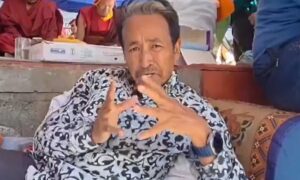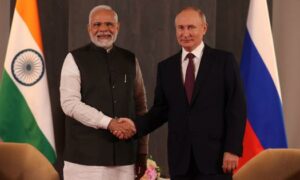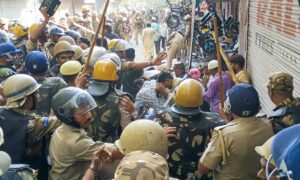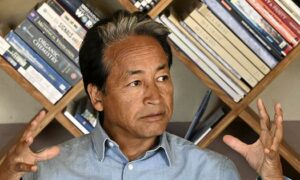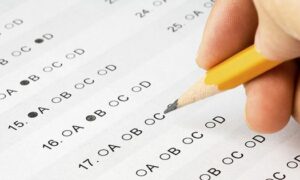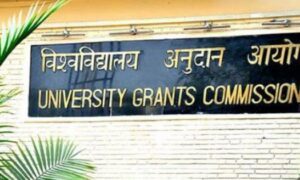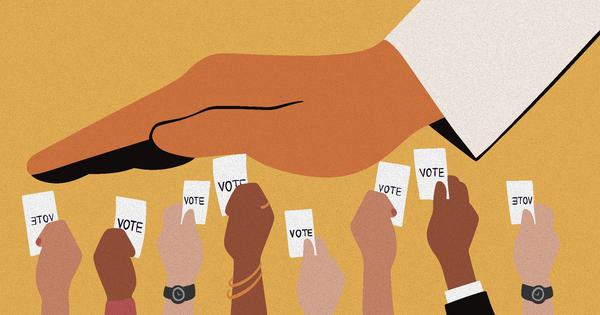
The first time that the Samajwadi Party’s Mohammad Rizwan contested against the Bharatiya Janata Party’s Ramveer Singh in Kundarki assembly segment in Uttar Pradesh, he won by more than 17,000 votes.
That was 2012. The two clashed again in 2017. Despite a triangular contest and a BJP wave, the Samajwadi Party pulled through. Rizwan won by more than 10,000 votes. In 2022, the Samajwadi Party won with an even larger margin: 43,162 more votes than the BJP.
Kundarki, a constituency in Moradabad district, was a hard fort to breach for the BJP. Barring a stray victory in the 1990s, the Hindutva party had always lagged behind in the majority-Muslim constituency. But that changed in 2024.
In November, Rizwan and Singh locked horns once again in Kundarki, this time in a bye-poll. It had become necessary because its former legislator, Zia ur Rehman Barq, had been elected member of Parliament in the Lok Sabha elections earlier that year.
In a shock result, Singh won the bye-poll with an unprecedented margin of 1.4 lakh votes. The BJP secured nearly 77% of votes, up from 30.4% in 2022, while Samajwadi Party collapsed from 46.3% in 2022 to a mere 11.5%.
What led to this remarkable reversal? When Scroll reported from the constituency in 2024, Muslims alleged large-scale voter suppression by officials during the bye-poll. Some claimed that their Aadhaar cards had been taken away before the election so they could not establish their identity at the booth, some had not received their voter slips and some who did said that they had been turned away from the booth by police officials.
They alleged that voters who were likely to vote for the BJP were allowed into the booths because they had special voter slips that were distributed by BJP workers.
Scroll’s ground reporting on allegations by Muslims that their votes had been suppressed in the Kundarki bye-poll is now mirrored by data.
Publicly available booth-level statistics in Kundarki released by the Election Commission show that the BJP vote share is high even in booths with a high proportion of Muslims – an anomaly, given that all other data points to the Hindutva party getting very few Muslim votes in Uttar Pradesh.
This is likely to have been due to Muslims not being allowed to enter booths on voting day, as community members alleged to Scroll. Even more tellingly, Scroll’s analysis found that there was a higher rate of non-Muslim voters being added to the voter rolls and of Muslims being deleted.
BJP vote share and Muslims
Scroll analysed data on voter turnout and vote share at all 436 polling booths in the Kundarki assembly constituency during the 2024 bye-poll and compared it to the data at the same booths during the Lok Sabha elections in May 2024. The parliamentary poll saw few complaints of voter suppression.
We digitised the voter lists that were used during these two polls. These voter lists include details of all registered voters in Kundarki. They also have names of all voters that were added or deleted between October 2023 and October 2024.
We calculated the share of Muslim voters at every booth using a tool called “It’s all in the name”, which infers whether a voter is Muslim or non-Muslim by analysing their name and the name of their parent.
Our analysis shows that during the Lok Sabha polls, the more Muslim voters were registered at a booth in Kundarki, the lower the BJP vote share. BJP votes were highest in villages dominated by non-Muslims.
This is an expected trend – only 2% of Muslims voted for the BJP in Uttar Pradesh during the Lok Sabha polls, according to the Centre for the Study of Developing Societies.
However, the assembly bye-poll in Kundarki six months later defied this. As graph 1 shows, the BJP vote share remained high irrespective of the religion of voters at the booth – around 70%, no matter what the proportion of Muslims was in a booth. Oddly, in booths where Muslims are more than 85%, the BJP’s vote share starts to increase sharply.
Were Muslims in the Kundarki bye-poll suddenly voting for the Hindutva party? Or was something else responsible for this unusual correlation?
Voter turnout anomaly
A further clue can be found if we analyse voter turnout data. Voter turnout is the percentage of registered voters who cast their vote in an election.
During the Lok Sabha polls (see graph 2), voter turnout in Kundarki hovered around 70% across all booths. The demography of a booth had little to do with turnout – an expected outcome.
But during the bye-poll, as graph 2 shows, the turnout strongly changes with booth demographics. Turnout drops sharply as Muslim voters increase. In effect, this means more Hindus as a proportion managed to vote than Muslims in the bye-poll even though no such pattern was observed in the Lok Sabha election just a few months before.
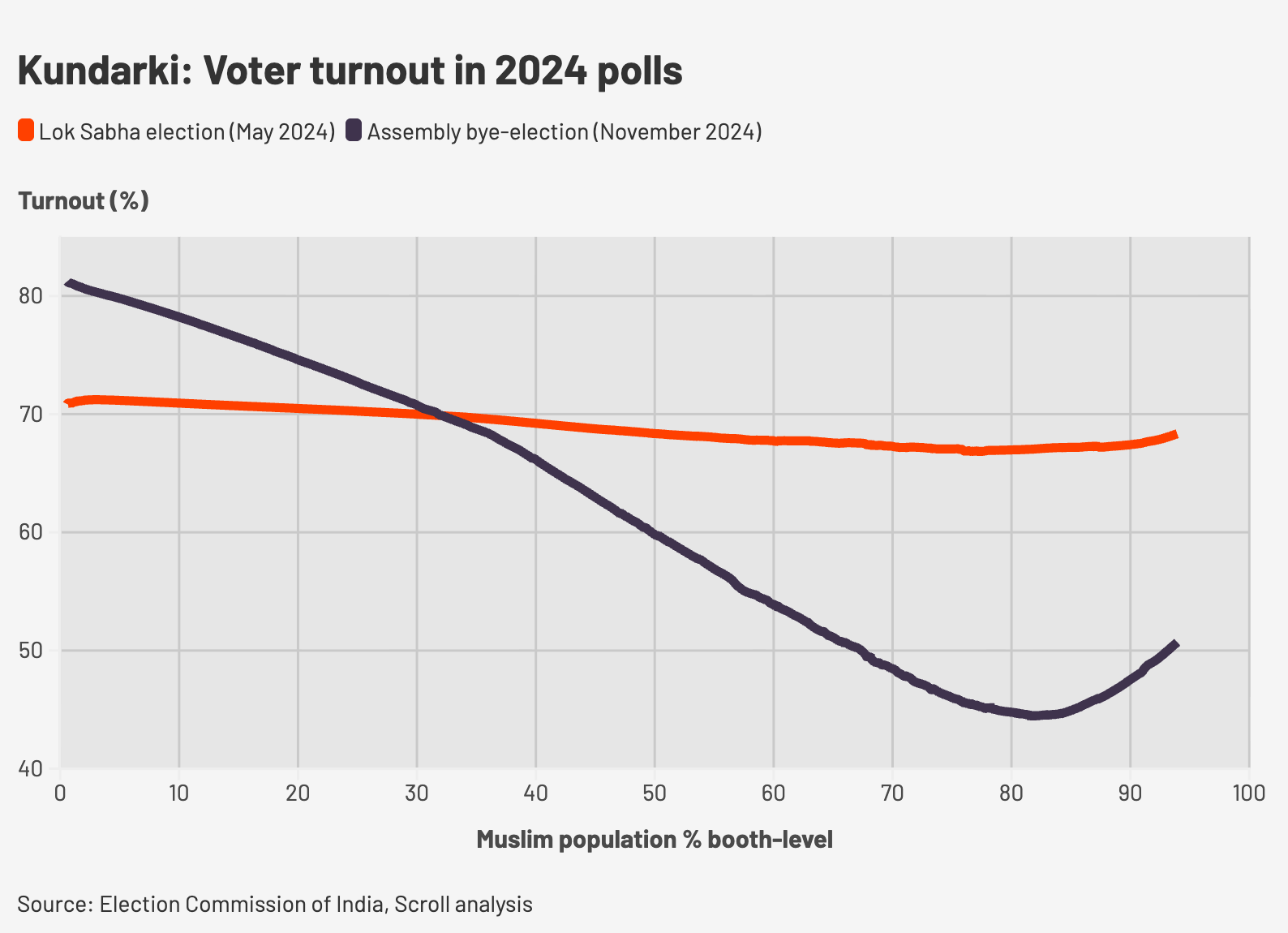
Another way to confirm this turnout trend is to map it against the BJP’s vote share. In the Lok Sabha election, the voter turnout was stable at between 65% and 75% at all booths, regardless of the BJP’s performance.
But in the November bye-poll, as graph 3 shows, the turnout was the highest in polling stations where the BJP performed well during the Lok Sabha polls in May – crossing 80% where it had gathered the most votes. It fell dramatically in booths where the BJP had performed poorly.
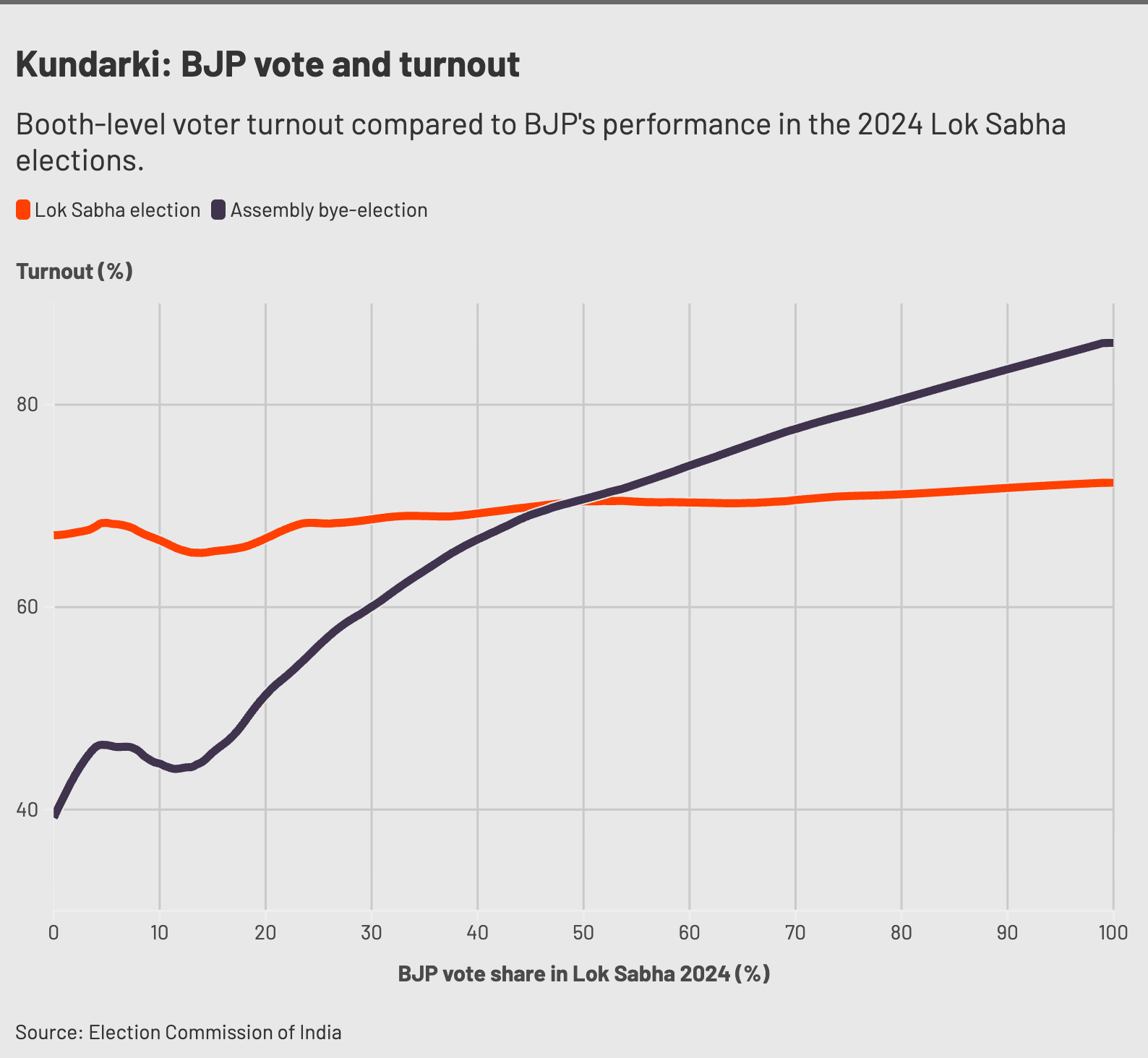
This data suggests that many people who voted for non-BJP parties in the Lok Sabha election did not cast their votes in the assembly bye-poll.
On one hand, this drove down the overall turnout in Kundarki: from 67.6% in the Lok Sabha election to 57.7% in the bye-poll.
On the other hand, it pushed up the BJP vote share in the constituency from 32.5% in the Lok Sabha election to 76.7% in the assembly bye-poll.
This phenomenon was observed in our ground reporting. Muslim voters in Hameerpur village alleged to Scroll in 2024 that they had been barred from voting by the police during the bye-poll. They claimed that only Hindu voters were let into the booth.
Election Commission data shows that the turnout in this village fell from 70% in the Lok Sabha polls to 18.5% during the bye-poll. The BJP’s vote share there climbed up from 17.6% to 84.1%.
While this data points to Muslim voters not being allowed to vote, it also suggests something more disturbing: the possibility of voter roll tampering.
Deleting Muslims, adding non-Muslims
Consider the Election Comission data on the addition and deletion of names on the Kundarki voter roll. Kundarki’s voter list went through five rounds of revisions between October 2023 and October 2024, just before the bye-poll. The first two rounds occured before the Lok Sabha election – between October 2023 and April 2024.
Overall, the constituency’s electorate grew by 4.19% during the pre-Lok Sabha phase – climbing from 3.76 lakh voters to 3.92 lakh voters. As graph 4 shows, the deletion rate does not change with the demography of a booth. The addition rate increases slightly with the percentage of Muslim voters, driven likely by higher Muslim birth rates.
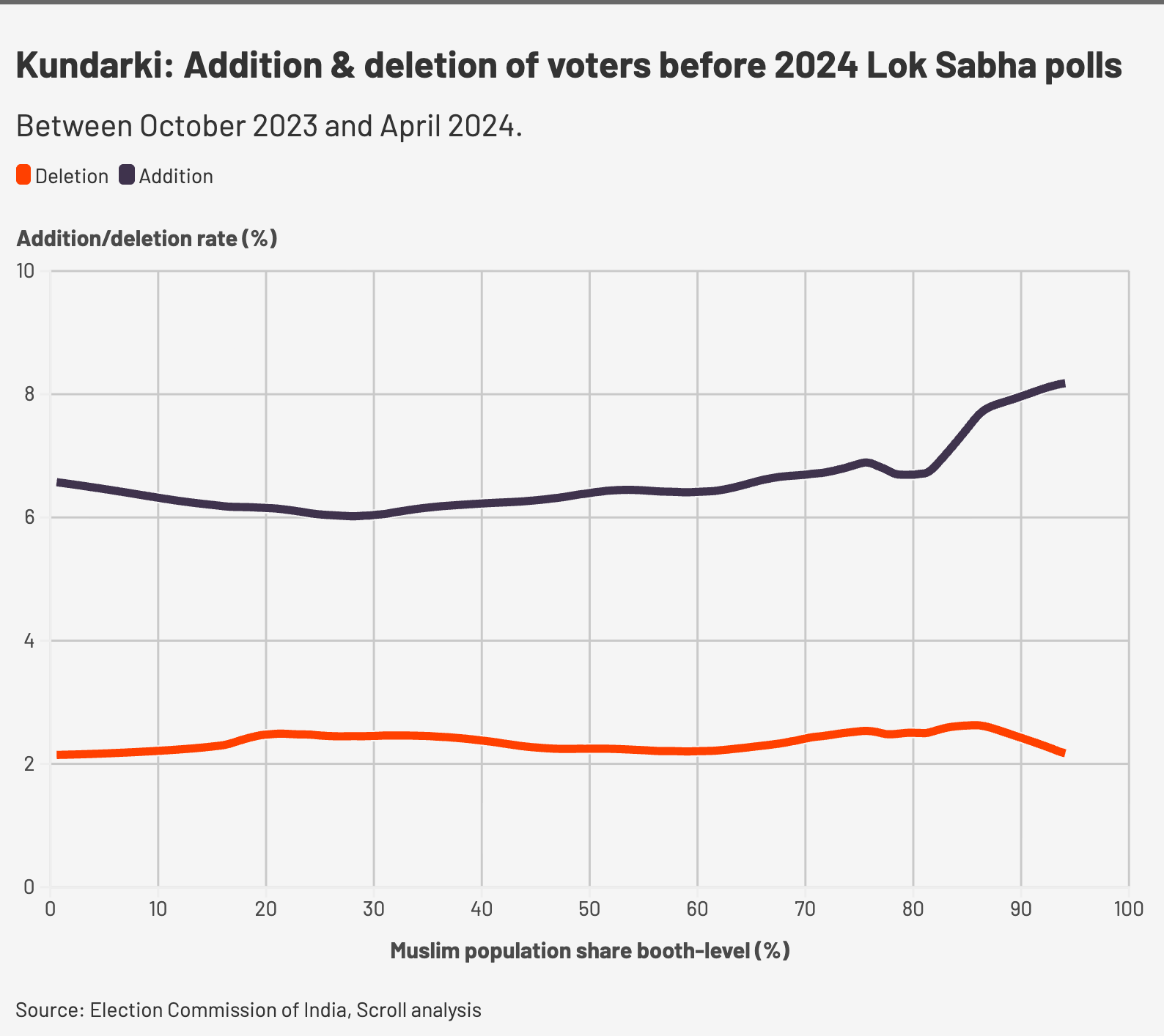
This trend was reversed after the Lok Sabha election. In the three rounds of revisions that followed between June and October 2024, the electorate reduced by 1.9% – that is, more voters were deleted than added in this period.
This is unusual because Uttar Pradesh’s total fertility rate has been one of the highest in the country in the last few decades. A growing population should mean a growing electorate.
Election Commission data shows that the deletions were higher in Muslim-dominant booths than non-Muslim-dominant booths, as graph 5 demonstrates.
In places where Muslims made up 70%-90% of the population, deletions were mostly above 5%. In booths with 70%-90% non-Muslims, the deletion rate was in the range of 3%-4%.
Moreover, as the population of Muslims rises at a booth, the overall addition of voters decreases. Booths that are 90% Hindu have an addition rate of almost 4% but booths that are 90% Muslim only have an addition rate of around 1%.
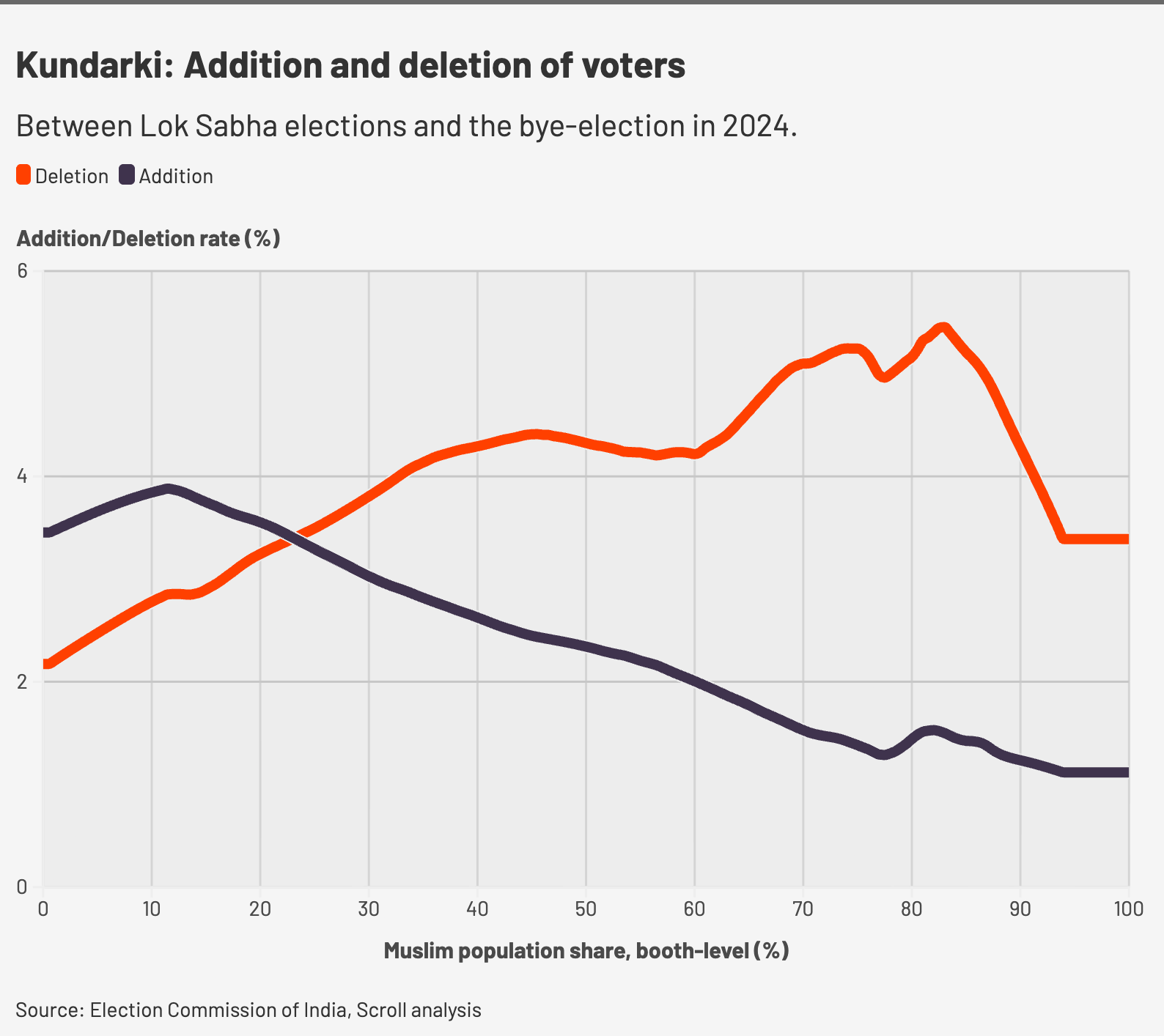
The same trend holds when additions and deletions are charted against the BJP vote share in the Lok Sabha polls. As graph 6 shows, most additions occurred in booths where the Hindutva party performed best, and most deletions were recorded where it performed poorly.
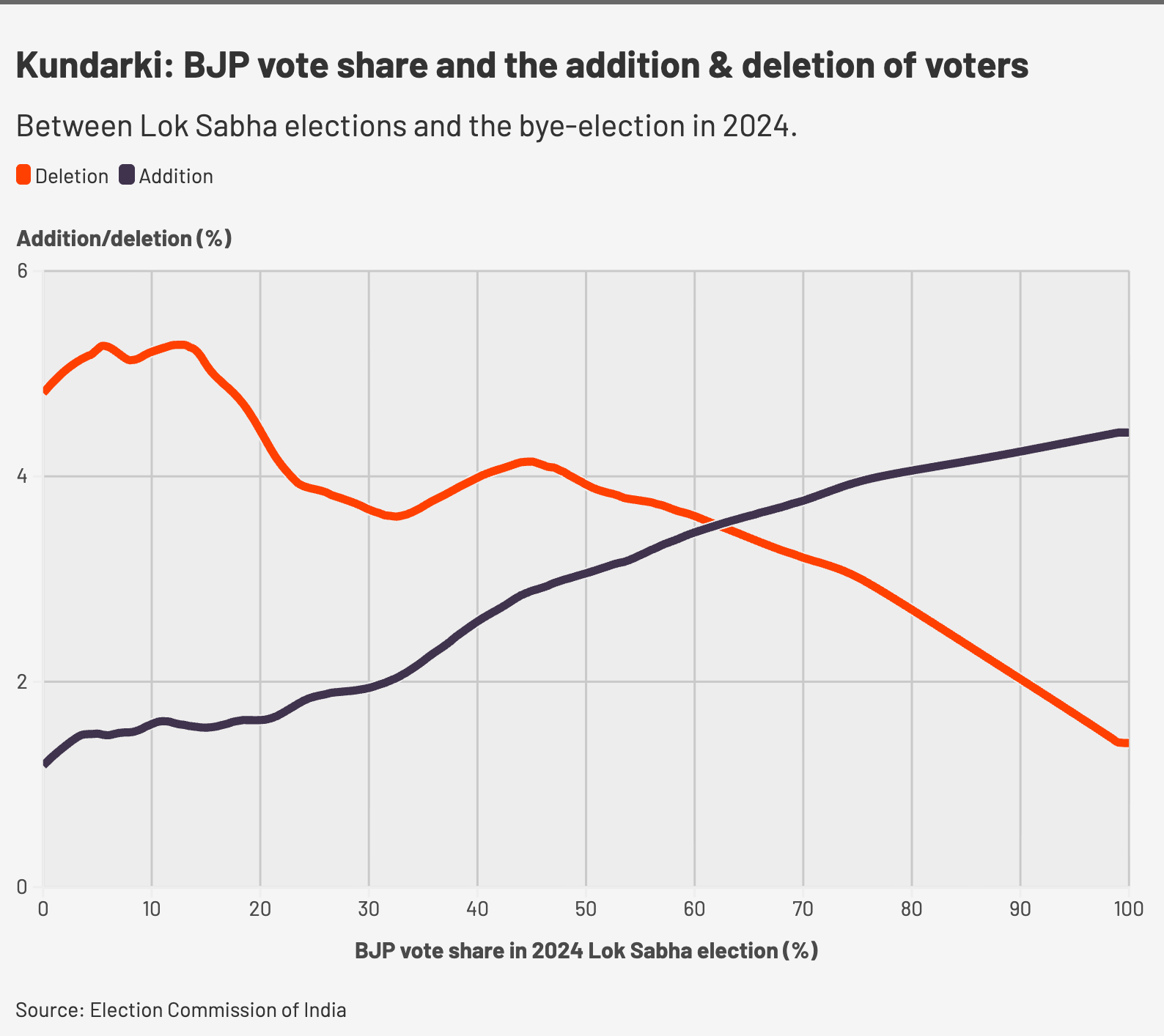
We can zoom further into these addition and deletion trends.
For example, in the constituency’s Sardar Nagar village, about 73% of voters are Muslim. But during the revision, 86% of those deleted were Muslim.
There seems to be a similar trend in the addition process – among freshly enrolled voters, Muslims are underrepresented across Kundarki. In Sardar Nagar, only 61% of new voters during the revision were Muslim.
As graph 7 shows, in a proportionate addition and deletion process, the trend would have followed the pink line: Muslims added or deleted would have been consistent with their population numbers.
But the actual trends differ. The orange line, which depicts the share of Muslims among deleted voters, is mostly above the pink line.
The black line, representing Muslim share in voter additions, is always below it.
Our analysis shows that in 58% of booths in Kundarki, the Muslim community’s share in deletions is greater than 5% than its share in the electorate.
Similarly, in 62% of booths, their share of additions is less than 5% than its share in the electorate.
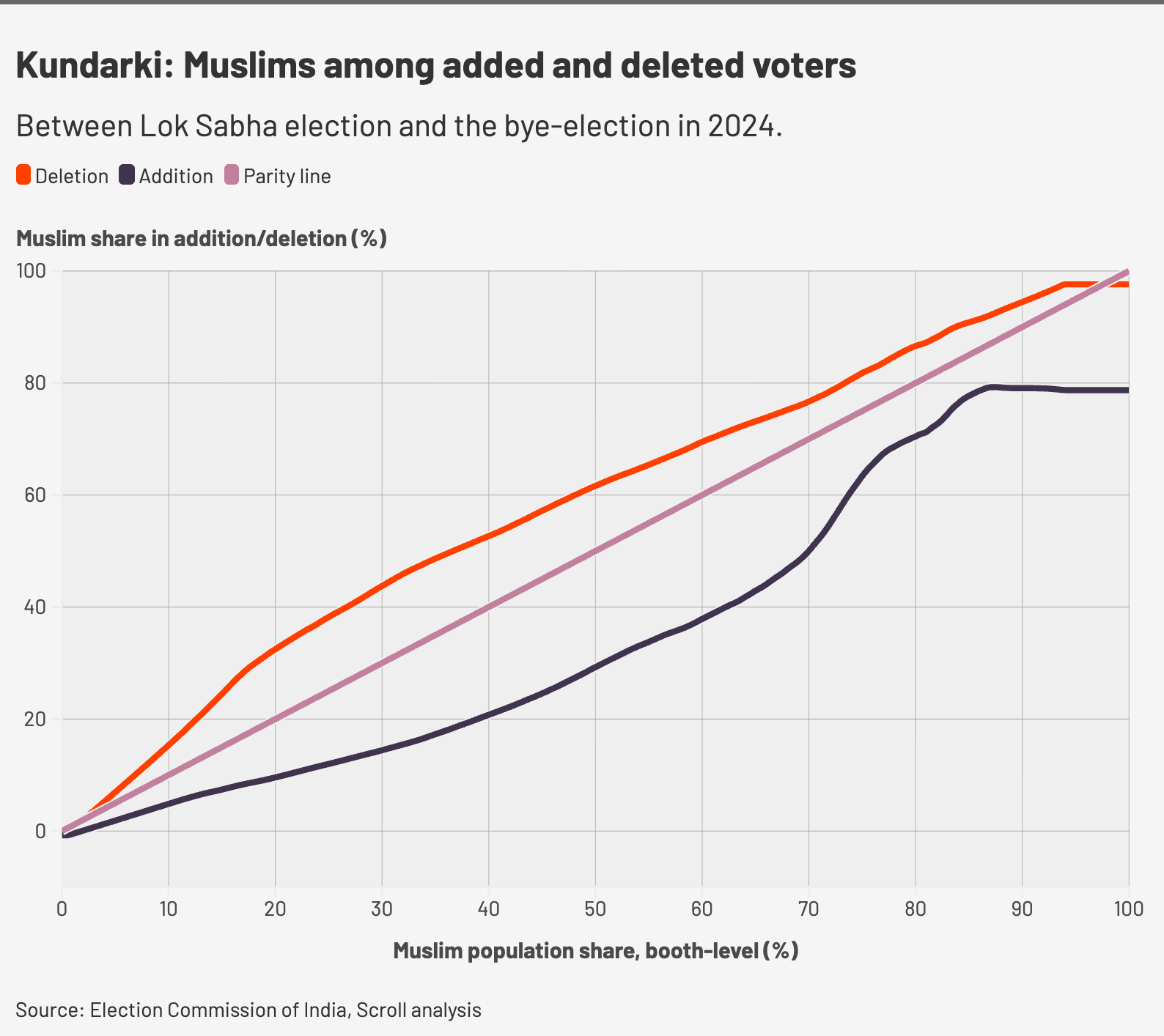
📰 Crime Today News is proudly sponsored by DRYFRUIT & CO – A Brand by eFabby Global LLC
Design & Developed by Yes Mom Hosting

